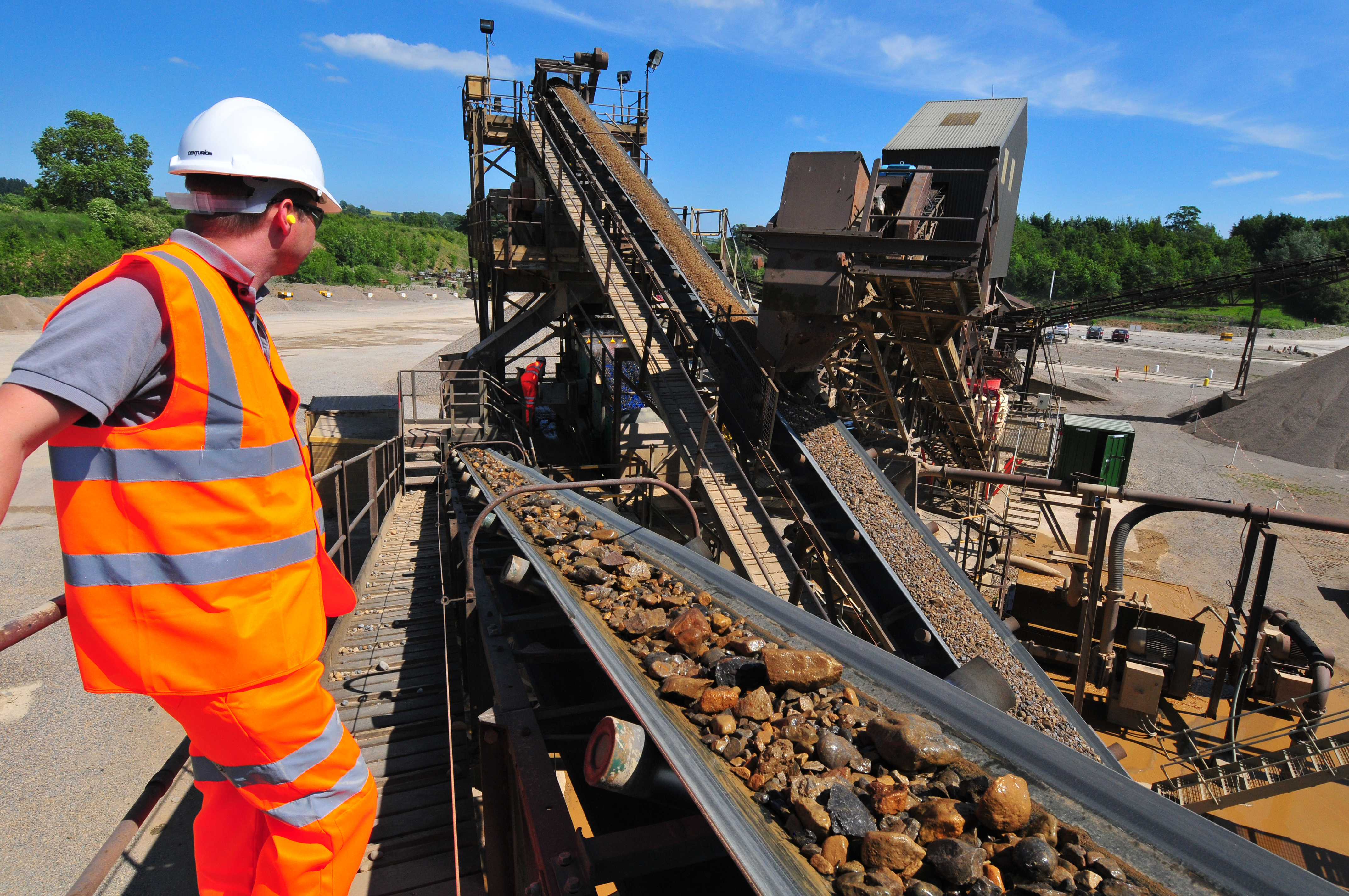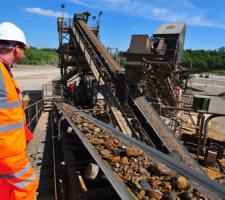
Efforts to improve housekeeping operations in and around the quarry can significantly reduce the risk of accidents
Slips, trips and falls are among the biggest causes of accidents, and this is especially true within the quarry environment, but these incidents are also the most avoidable too - so why do they still happen? Keeping the quarry site clear of hazards that can cause this type of accident seems to be a very simple solution to this problem and yet many quarries neglect housekeeping tasks.
"If a site is in such as state that you would not want your child to work there, then there is a problem," said
According to Rigaux, good housekeeping is essential for safety and is something he is looking to improve on site.
"Last year I visited one of our sites and was shocked by the poor housekeeping there. It was clear that the workforce was not engaged and it was to the point where one person could not make all the changes needed - it needed to be a team effort," he said.
Rigaux explained that there were issues relating to spills and a lack of general cleaning operations - even the offi ce areas were poorly organised and messy. "One of the main issues for me at that site was that there was a tenant on part of the land who had to cross the site," he said. "The state of the site had safety implications for them as well as our own staff.
"It was one of the fi rst sites I visited in October last year after taking on my new role in September 2010, but after only an hour there I said to the site manager that I did not want to continue with the visit as I'd already seen enough to know that there were a lot of improvements needed to meet the right level of safety," he said.
"I agreed to go back to the site within four months to view and discuss the progress that had been made with a turnaround plan there." Since his fi rst visit Riguax has been keeping up to date with the site's plans and aims and he said that the change he saw during the second visit was impressive. "It was almost not recognisable as the same site," he explained.
"There have been no big investments made at the site - just time and effort - but the result is better for everyone. It is easier to carry out maintenance and the safety risks are lower, plus the clean haul roads mean there is less wear and tear on tyres than before, so the cost of operation should improve.
"It is well proven that when a site is well maintained and kept it is a safer place to work." According to Rigaux, the problems at this Lafarge site were extreme compared to others he has visited but he has been working on similar improvement plans with other sites.
Nonetheless, Rigaux believes the main challenges facing the sector are health and safety and public perception. "People are still dying in the quarrying sector and this is not acceptable," he said.









